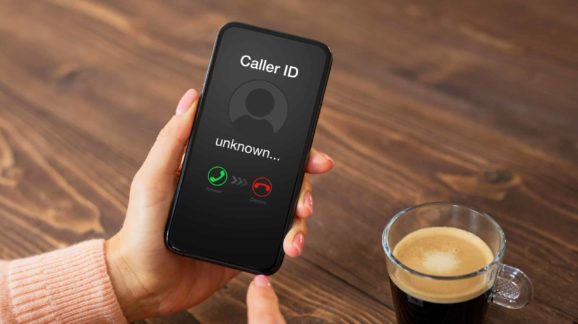Counterpoint: Urge Private Sector, Consumers to Fight Back, too, Against Unwanted, Irritating Robocalls
“We have been trying to reach you regarding your car’s extended warranty.” In an age of great political partisanship, robocalls vex American consumers of all political persuasions. What more can be done to fight back against this nuisance? The Federal Communications Commission and consumers alike can take steps to reduce robocalls.
Since the early 2010s, computerized phone calls have grown significantly in volume. In 2020, Americans received 45.9 billion robocalls, according to Fortune magazine, and that’s expected to increase to 51 billion by the end of this year.
Although many robocalls are legal, a significant number of them are illegal because they intend to defraud and scam customers.
For example, as the Wall Street Journal reports, criminals used a law enforcement robocall scheme to scam an oncology nurse in her 60s. Believing that the FBI was calling her, she transferred nearly $340,000, her life’s savings, to a bank account that belonged to criminals. As her experience suggests, criminals continue to use robocalls to defraud people.
Recognizing the challenges that robocalls pose, the FCC rightly made fighting illegal robocalls a priority, but it has failed to stem the rise in calls. The FCC faces two main challenges.
First, many robocalls are legitimate — like the use of pre-recorded messaging from local authorities and universities in the event of a hurricane, shooting, or other life-threatening emergency. It is faster and cost effective to send pre-recorded warning messages in such crises instead of human operators calling each consumer individually.
Likewise, many small businesses use recorded messages for legitimate business purposes, such as appointment and prescription-drug reminders. As a result, banning robocalls altogether is not a practical policy option.
Second, illegal robocalls mostly use “spoofing” technology, which allows a potential scammer to disguise the original phone number and make it appear as though the call originated from law enforcement or a financial institution. However, spoofing has important legitimate uses. For example, hospitals, psychologists, and domestic-abuse counselors use spoofing to hide patients’ and doctors’ identities. Therefore, banning spoofing altogether is not a feasible option for the FCC. Instead, the FCC must find a way to allow legal spoofing while reducing illegal spoofing.
Congress and federal agencies already target illegal robocalls. In 1991, Congress passed the Telephone Consumer Protection Act (TCPA), which imposed a penalty of up to $1,500 per call. Although the FCC penalizes many small businesses under the TCPA for marketing calls in good faith, the TCPA has been unable to stop robocalls. In 2003, the Federal Trade Commission began a Do Not Call Registry, where consumers can enter their number to opt out of telemarketing calls. But this registry was also not successful, as robocalls have proliferated since then, according to The Economist.
A new technology might help companies better fight robocalls. This technology — the “STIR/Shaken” framework — allows telecommunications companies to authenticate the origin of a given call and alert users when a possible call might be spam.
In 2019, the FCC required large telecommunications companies to adopt this technology by June 2021. However, small telecommunications companies have until June 2023. This loophole is allowing the robocall problem to continue — mainly since smaller companies play an outsized role in originating robocalls. Potential criminals can evade the regulations by targeting smaller telecommunications companies that have not yet adopted this technology.
That is why a group of attorneys general has recently urged the FCC to shorten the timeframe for adopting the technology. A shorter timeframe would help fix the current loophole and help businesses and consumers use telecommunications networks without fearing spam and fraud. Furthermore, making call sources more transparent will allow small businesses to use legitimate pre-recorded messages — for appointment and prescription reminders and marketing products — without being blocked by wary consumers and incorrectly penalized by the FCC.
Read the full article at The Duluth News Tribune.
